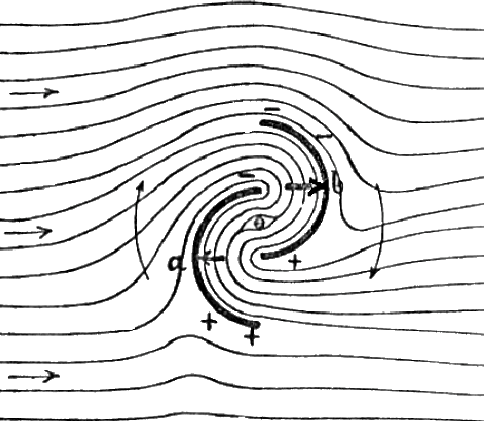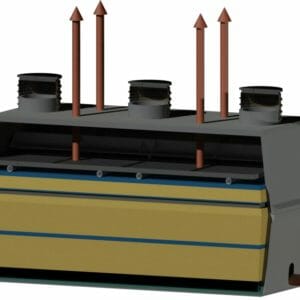E – 1107 Fundamentals of Fluid Flow
$150.00
Courses Included
Fluid flow is an important part of many industrial processes. This course covers fundamental approaches to fluid flow calculations and analysis, with emphasis on fluid flow in piping systems and the use of pumps in those systems. The course includes coverage of the continuity equation, laminar & turbulent flow, Bernoulli’s equation, head loss, natural circulation, two-phase fluid flow, and centrifugal pumps.
This course is intended for civil, mechanical, chemical, industrial, and environmental engineers. An attendee of this course will gain knowledge about fundamental fluid flow principles and calculations.
In this course, you need to review the material in the file, “Fundamentals of Fluid Flow” which is composed of Volume 3: Fluid Flow, of the U.S. DOE Fundamentals Handbook: DOE-HDBK-1012/3-92. Once you complete your course review, you need to take a multiple-choice quiz consisting of thirty (30) questions to earn 6 PDH credits. The quiz will be based on the entire document.
Description
Fluid flow is an important part of many industrial processes. This course covers fundamental approaches to fluid flow calculations and analysis, with emphasis on fluid flow in piping systems and the use of pumps in those systems. The course includes coverage of the continuity equation, laminar & turbulent flow, Bernoulli’s equation, head loss, natural circulation, two-phase fluid flow, and centrifugal pumps.
This course is intended for civil, mechanical, chemical, industrial, and environmental engineers. An attendee of this course will gain knowledge about fundamental fluid flow principles and calculations.
In this course, you need to review the material in the file, “Fundamentals of Fluid Flow” which is composed of Volume 3: Fluid Flow, of the U.S. DOE Fundamentals Handbook: DOE-HDBK-1012/3-92. Once you complete your course review, you need to take a multiple-choice quiz consisting of thirty (30) questions to earn 6 PDH credits. The quiz will be based on the entire document.
- Be familiar with standard terminology used in fluid flow.
- Be able to use the continuity equation in fluid flow calculations.
- Be able to use fluid heads, like velocity head, pressure head, pump head, and frictional head loss in fluid flow calculations.
- Be able to use the Bernoulli equation in fluid flow calculations.
- Know the difference between natural and forced circulation.
- Know the three basic types of two-phase flow.
- Be able to describe the phenomenon of water hammer.
- Be able to describe the effect of changing pump speed on system flow and pump head.
- Be able to describe the effect of adding pumps in parallel on system flow and pump head.
- Be able to describe the effect of adding pumps in series on system flow and pump head.






